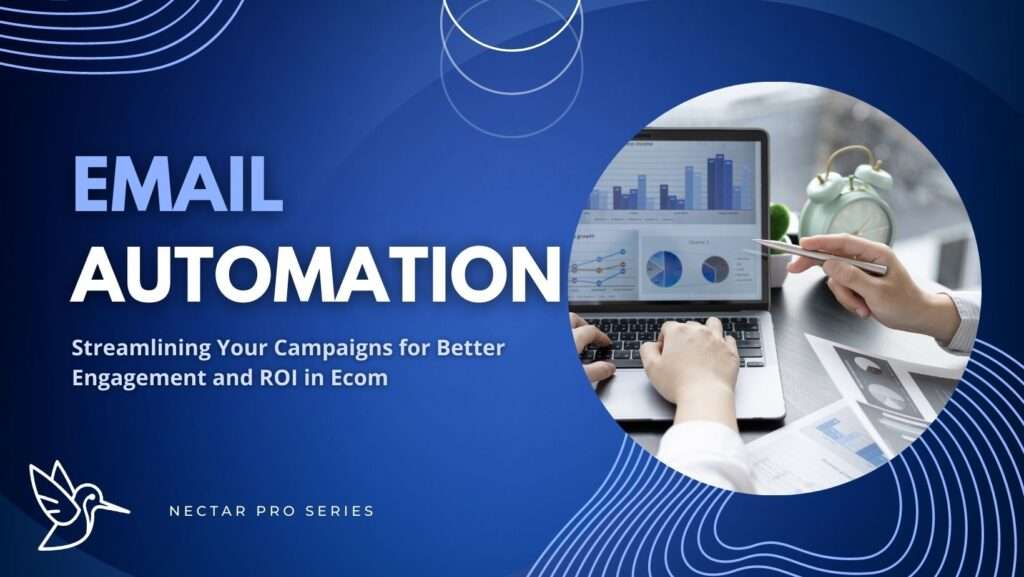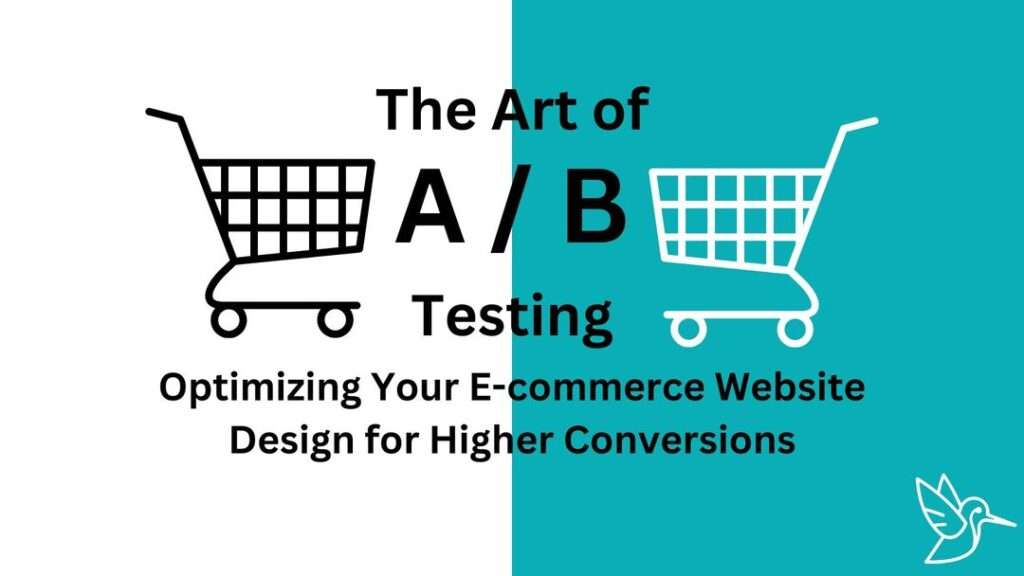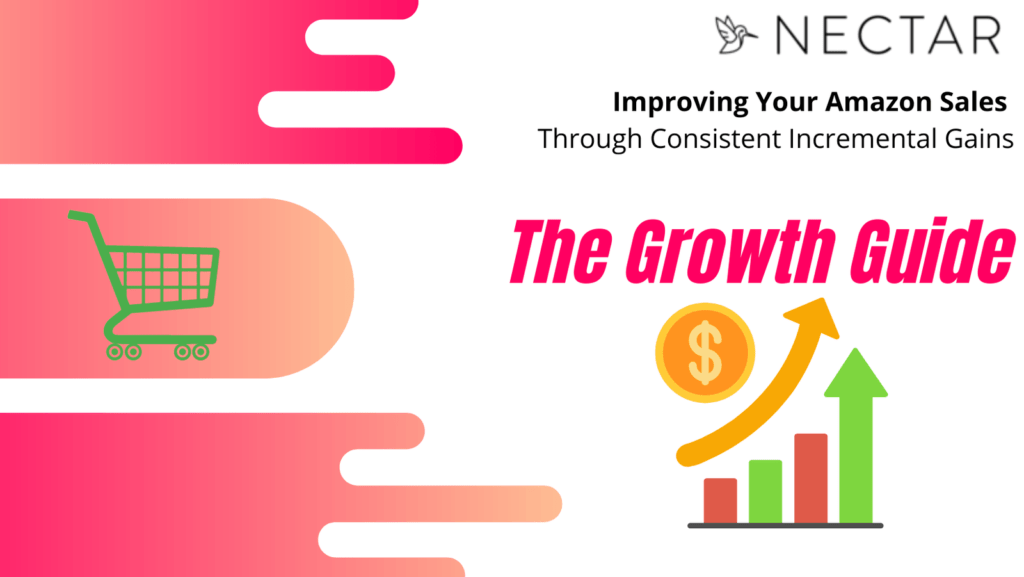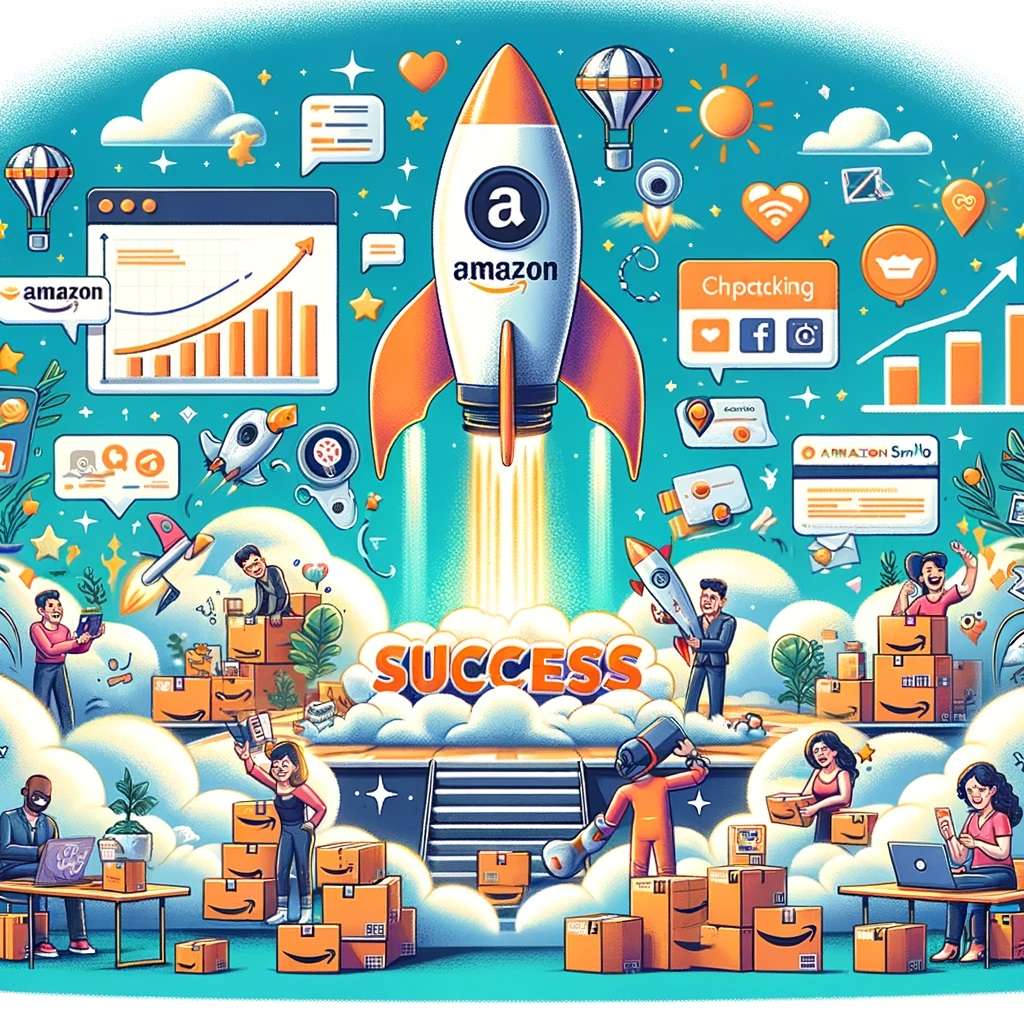In today’s digital marketplace, e-commerce retailers must connect with their customers in an impactful way to drive conversions and strengthen customer loyalty. A robust email marketing strategy can be an incredibly powerful tool for achieving these objectives. However, manually managing email campaigns can be time-consuming and prone to human error. Fortunately, email automation is a game-changer for the e-commerce industry! By leveraging the right automation tools, you can streamline your email marketing, increase customer engagement rates, and ultimately achieve a higher return on investment (ROI). Here’s how:
Time and Resource Efficiency:
The most significant advantage of email automation for e-commerce is its capacity to save time and resources. Automation allows you to streamline repetitive tasks, letting your marketing team focus on strategic aspects of your campaigns. Platforms such as HubSpot or Klaviyo enable you to create personalized email templates, set up triggers and workflows, and automatically send messages at the optimal times, significantly reducing the manual workload.
Enhanced Personalization:
In an era where generic mass emails often find their way to the trash, personalized, targeted email campaigns are critical. Email automation tools allow you to send personalized emails triggered by specific actions, like a user’s interaction with your e-commerce site or their engagement with previous emails. This level of personalization not only strengthens connections with your subscribers but also leads to higher engagement rates and conversions.
Remember, we want a level of personalization that goes beyond the traditional “Dear [Customer’s Name]” approach. Here are some ways you can enhance personalization through automation:
- Behavior-Based Email Triggers: Send personalized emails based on user interaction with your website. For instance, if a customer abandons their cart, you can trigger an email reminding them to complete their purchase.
- Segmentation: Use data-driven insights to create segmented lists based on demographic details, purchase history, or browsing behavior. You can then target these segments with emails specifically tailored to their preferences and behaviors.
- Dynamic Content: Utilize dynamic content to tailor the body of your emails to each recipient. For instance, recommend products based on their browsing history or purchasing habits.
- Personalized Email Timing: Determine when customers are most likely to open and engage with your emails, then schedule your emails to send at these optimal times. For example, Klaviyo allows for such time-optimized email sending.
Automated Workflows:
More than just sending messages, email automation allows you to guide customers through their buying journey. With automated workflows, you can set up a series of emails triggered by specific actions or time intervals, keeping your brand top-of-mind and fostering brand affinity. Achieving a balance between automation and personalization can be a challenging, but achievable task yielding great results.
Here are some examples of how you can implement automated workflows:
- Welcome Email Series: When a new user subscribes to your email list, trigger a series of welcome emails. The first email can introduce your brand, the second can highlight popular products, and the third can offer a discount to encourage a first purchase.
- Re-engagement Campaigns: If a customer hasn’t interacted with your emails or website for a while, an automated workflow can help re-engage them. This can include a “We Miss You” email or a special offer to encourage them to return.
- Post-Purchase Follow-Up: After a customer makes a purchase, send a series of follow-up emails. This can include a thank you email, a request for a product review, and a discount on their next purchase.
- Birthday or Anniversary Emails: Set up a workflow to send customers special offers or messages on their birthday or on the anniversary of their first purchase.
- Upselling and Cross-Selling Emails: Depending on the customer’s previous purchases, suggest complementary or premium products to increase the order value.
A/B Testing and Optimization:
Effective email marketing campaigns in the e-commerce realm can benefit immensely from A/B testing to understand what resonates best with your audience. Automation tools let you experiment with different subject lines, preview texts, calls to action, and more, helping you refine your campaigns, improve open rates, click-throughs, and conversions, and better understand your audience.
In today’s competitive e-commerce landscape, adopting email automation is no longer a luxury—but a necessity. By combining personalization, targeted messaging, and automated workflows, email automation can contribute significantly to your bottom line, turning prospects into loyal customers and maximizing customer lifetime value.
Nectar’s website marketing team has gotten some amazing results for our partners wanting to grow their ecommerce retail sales through email. For more information, or for help creating a strategy, don’t hesitate to reach out. We’re happy to help.






